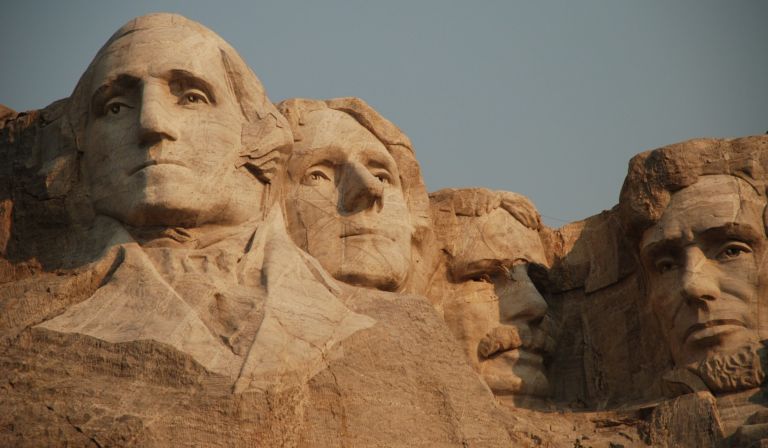Richard Brookhiser puts the “father of the Constitution” under the microscope for his latest book. In a National Review Online excerpt of James Madison, Brookhiser describes the future president’s objections to the first national bank.
He had a more powerful objection, however: Hamilton’s bank was unconstitutional. The power to borrow could not be construed into the power to charter a bank to make loans. Madison made an early argument for strict construction, attacking “the diffuse and ductile terms which had been found requisite to cover the stretch of power” in Hamilton’s bill.
There was an objection to Madison’s objection, and the bank’s supporters made it. Article I, Section 8, a long enumeration of Congress’s powers, included one last power: “to make all Laws which shall be necessary and proper” for executing everything that had gone before. The Federalist No. 44 had elaborated: “Whenever the end is required, the means are authorized; wherever a general power to do a thing is given, every particular power necessary for doing it, is included.” The author of No. 44, as it happened, was James Madison. In the debate over Hamilton’s bank, Rep. Elias Boudinot (N.J.) even quoted No. 44, assuming that it had been written by Hamilton.
Madison defended himself against himself. Hamilton’s bank was not a particular power necessary for accomplishing a general power but a stretch to a stretch to another stretch. “Mark the reasoning on which the validity of the bill depends. To borrow money is made the end and accumulation . . . of capital, implied as the means. The accumulation of capital . . . is then the end, and a bank implied as the means. The bank is then the end, and a charter of incorporation . . . implied as the means. If implications, thus remote and thus multiplied, can be linked together, a chain may be formed that will reach every object of legislation.”
Congress rejected Madison’s reasoning and passed a bank bill in February 1791.


